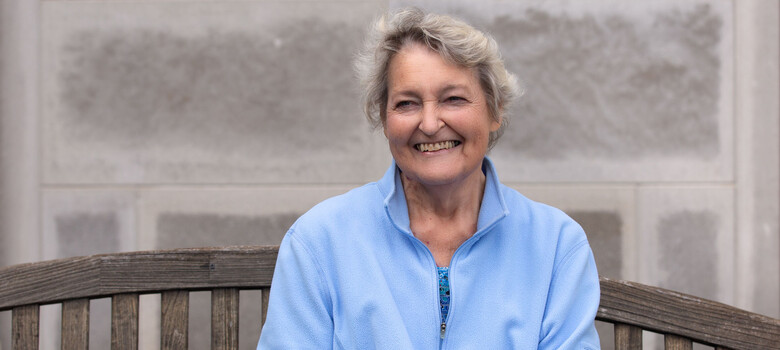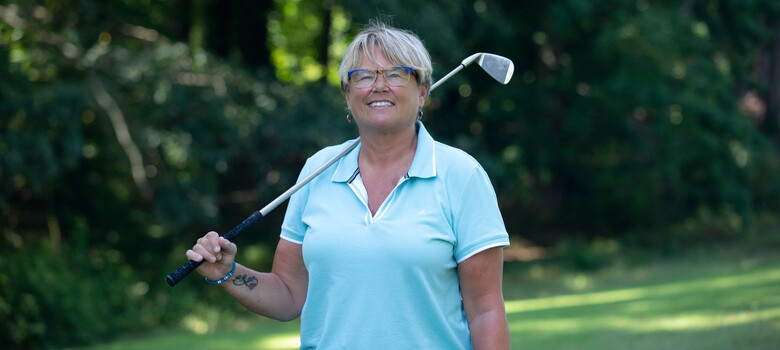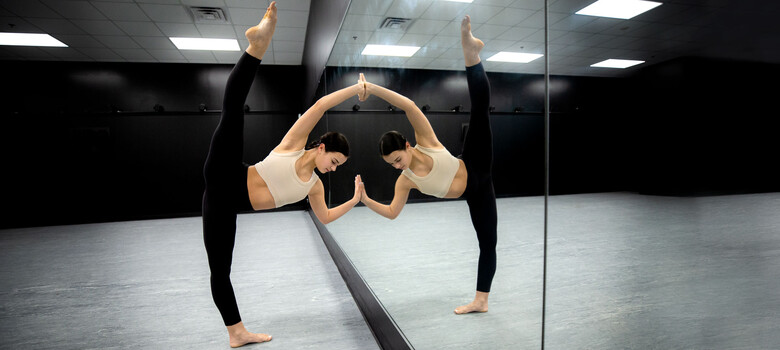Comprehensive Physical Therapy After Amputation Helps Woman Live Independently
Personalized Joint Health Program Improves Mobility, Decreases Pain

Mary Lou Bowen wanted to live independently but struggled with pain from osteoarthritis in her right knee and limited mobility after her left leg was amputated below the knee. Thanks to her “Duke family” at the Joint Health Program, the 69-year-old grandmother and former kindergarten teacher is now an active member of her community and healthier than she has been in years.
Routine Surgery Leads to Life-Threatening Infection
In December of 2018, Bowen underwent surgery near her home in Henderson, NC to repair a ligament in her left foot. “I thought I was having surgery to improve my life,” she recalled. Instead, she contracted a serious staph infection after the procedure, which doctors tried to fight with antibiotics. Ultimately, Bowen requested a transfer to Duke where she had a below-the-knee amputation of her left leg -- a procedure that saved her life.
Duke Joint Health Program Provides Tailored Treatments
After her amputation and physical therapy at Duke, she transferred to the Joint Health Program, where she worked with physical therapist Abby Dillard, DPT, PT. There Bowen received personalized care to minimize the debilitating pain caused by osteoarthritis, improve function, and better manage her new prosthesis.
“One great thing about the Joint Health Program,” explained Dillard, “is that we tailor care to meet the needs of each person. We assist them in setting goals, and we look at physical activity, sleep, nutrition, and emotional wellbeing. Based on how the patient is doing in each of those areas, we recommend treatments.” The program can also facilitate referrals to specialists such as dietitians, orthopaedic providers, psychologists, and others when needed.
Working Toward Her Goals
Bowen took advantage of many Joint Health Program offerings so she could work toward her goals of trading in her walker for a cane and being independent enough to grocery shop and perform other tasks on her own. According to Dillard, Bowen significantly strengthened and stabilized her right leg through physical therapy, received cortisone injections to help with the pain in her right knee and make exercising easier, and participated in nutrition counseling and a weight management program. She later made the transition to an eight-week group physical therapy program designed specifically for people with amputations.
Exceeding Expectations
Bowen’s hard work paid off. She lost 40 pounds, which took pressure off her right knee and allowed her to switch to a new prosthesis. “Our team helped her manage her osteoarthritis, and she worked with her prosthetist to get a device that fit better,” Dillard said. Bowen also achieved her goal of getting rid of her walker.
Today she lives independently and drives herself wherever she wants to go. She also joined her local YMCA to continue her exercise regimen. “That was not something I would've felt comfortable doing before being at Duke,” she said. Best of all, she can help babysit her new grandson.
Support from Her Duke Family
Bowen considers herself lucky. “I have very good support from friends and family, but I feel like Duke has been my family, too. They care for me as a person. It’s not just, ‘Let's get her in and out.’ They all have been invested in helping me to recover my life. And I have a wonderful life.”



